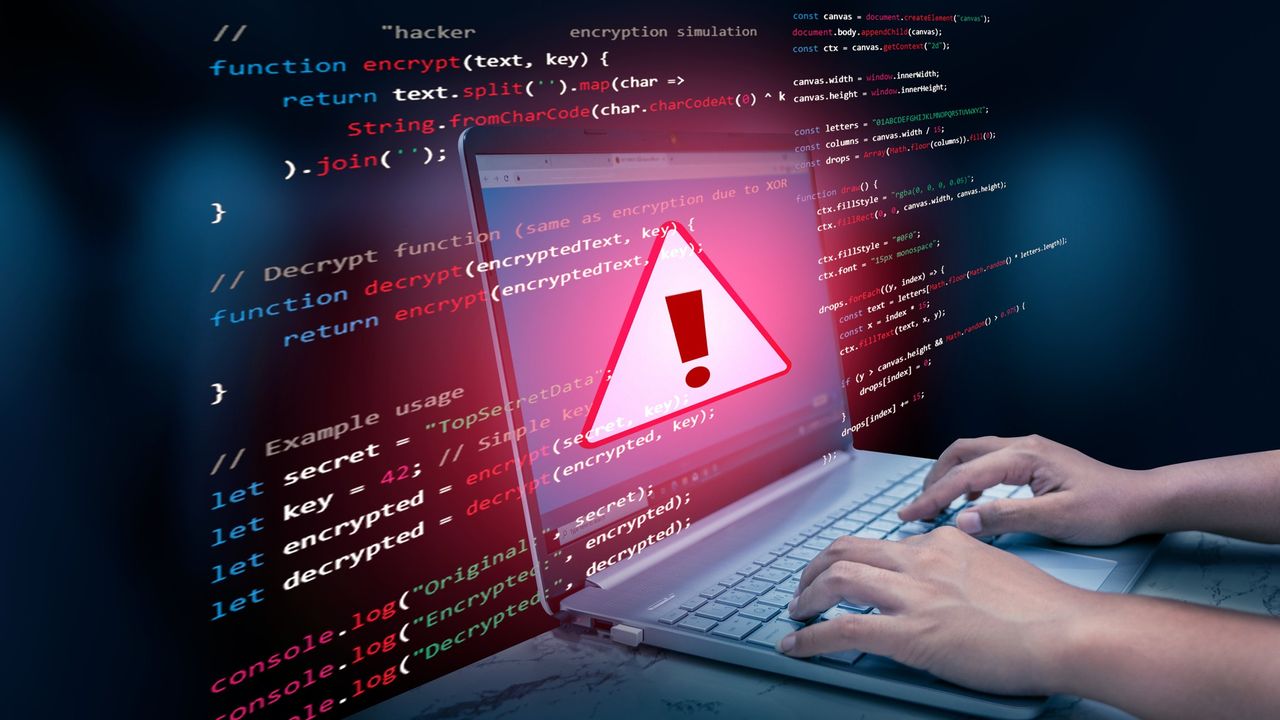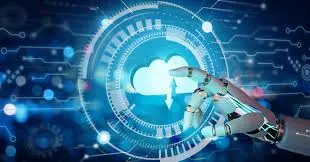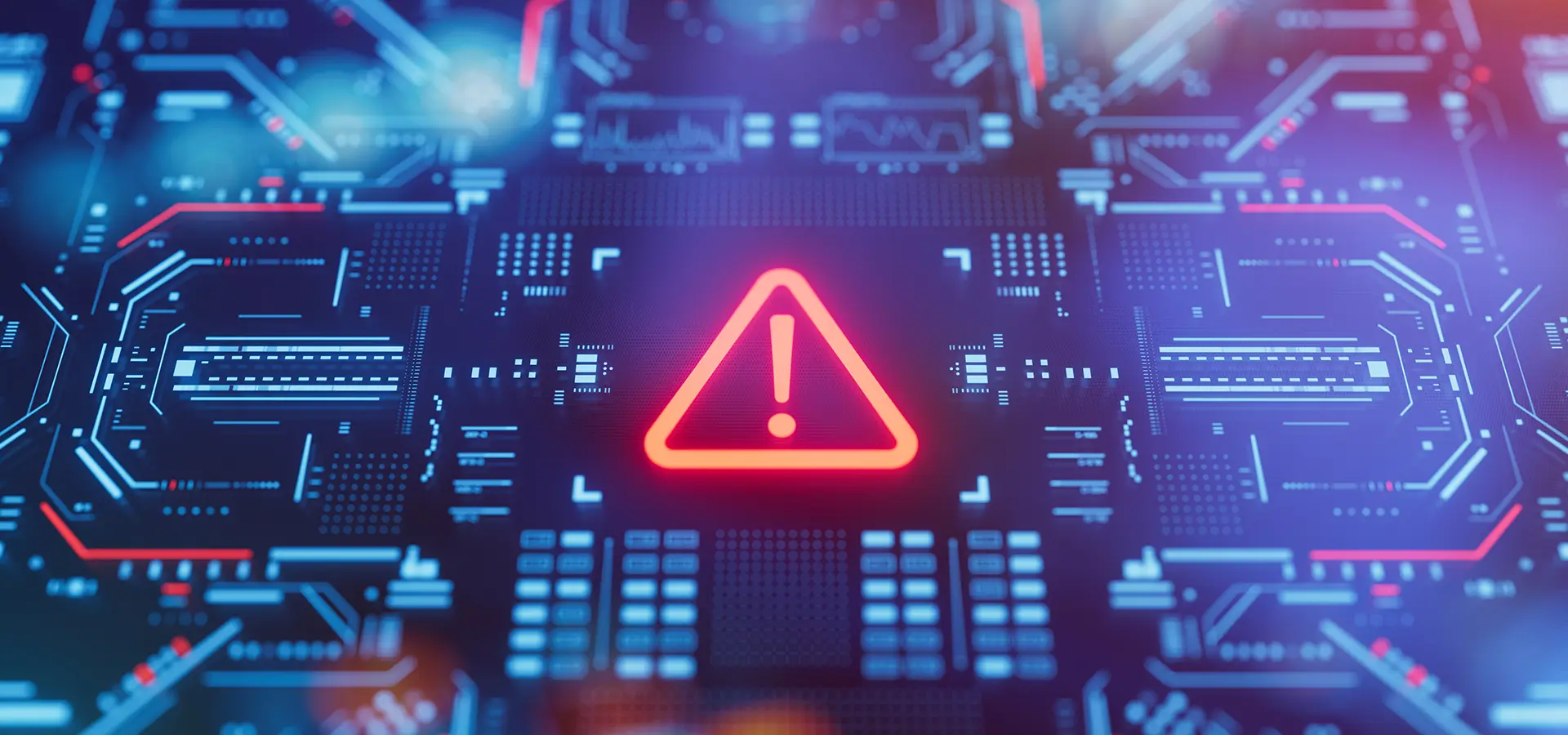
In 2025, Prompt injection assaults, short but intense DDoS attacks, AI-enabled hacking, weaknesses in the supply chain, and the emerging quantum threats to encryption are some of the novel challenges AI in cyber security will have to contend with. Counteracting these challenges will require the adoption of zero-trust frameworks, self-healing AI firewalls, blended security architectures, and privacy-preserving post-quantum crypto assumptions. Cybersecurity will have to function with self-governing, self-adaptive, and ethically placed AI to counter the predicted sophisticated and swift attacks
Key Challenges & Attack Trends
· Prompt Injection Attacks on AI Systems
As more applications incorporate large language models (LLMs), attackers incorporate hidden or adversarial commands in the user inputs to control or steer AI actions in undesired directions. This is prompt injection. ([Axios][1])
For instance, someone with malicious intent may embed hidden instructions within a query, which while appearing innocent, helps the AI to leak information or perform actions beyond the intended scope.
· Short, High‑Intensity DDoS Attacks
Distributed Denial-of-Service attacks are becoming more dramatic in their intensity but shorter in duration. Recent reports suggest an arrangement of many endpoints (home devices included) to launch massive bursts of traffic, but only for a few minutes.
These peak volumes in terabits per second are very difficult to defend against using traditional mitigation methods.
· AI-Powered Offensive Tools
Using tools of generative AI, attackers automate tasks related to phishing email generation, vulnerability discovery, and undetectable traffic pattern learning to evade security systems.
While defenders are also using AI, it becomes a cypher game with AI on both sides.
· Chain of Supply & Vendor Risk Exploits
Infiltrating third-party vendors (e.g., ISPs), component suppliers, or software dependencies provide alternative access routes for threat actors. This means suppliers, no matter how small, can also be hacked for backdoor access to large organizations. ([Security Magazine][4])
· Quantum Computing Threat to Cryptography
In theory, quantum computers can break encryption, and while such computers are yet to be developed, the possibility of attackers holding sensitive encrypted data, and waiting to decrypt it later, poses future risks
The need for “post quantum-cryptography” is a growing trend in research and planning.
Defensive Trends & Strategies
· Zero Trust Becomes the Default
“Perimeter security” (the model that trusting the internal network once you are inside) is being replaced by Zero Trust Architecture (ZTA) model. Every access request, whether internal or external, requires authentication, authorization, and continuous validation. ([ilink-digital.com][7])
· Adaptive/Dynamic Firewalls
Next-gen firewalls and network defenses that are built to learn and adapt in real time, are no longer based on static rules. One of the studies suggests “dynamically retrainable firewalls” that adjust to new threat patterns and anomalous traffic
· Security Platforms and Integrated Solutions
Instead of single-point tools, security vendors are creating platforms that unify threat detection encompassing response, identity, and endpoint protection, among other features. This increases response time by decreasing complexity and improving correlation.
· Agentic / Autonomous AI for Defense
AI systems with automated self-service functions (within prescribed limits) are being used to assist security personnel. This innovation helps minimize workload, allows for quicker threat response, and expands the ability to defend.
· Privacy‑Enhancing & Post‑Quantum Cryptography
New techniques, such as homomorphic encryption, differential privacy, and secure multiparty computation, are increasingly used to ensure that sensitive data can be utilized without revealing it.
In addition, the cryptography community is adapting to emerging threats with new quantum attack resistant (post-quantum cryptography) algorithms
Conclusion:
2025 will bring even greater challenges and rapid complexities to the world of cyberspace. With the digital systems expanding in scale, integrated intelligence, and interconnections, the attacks to be defended against will also expand. New attack methodologies, including prompt injection and AI-powered phishing, and hyper-intense DDoS assaults, are an indication that organizational security approaches will need to be redefined.
In the face of these shifting threats, the cybersecurity world is relying more heavily on adaptive, autonomous, and zero-trust models for defense. Agentic AI, post-quantum cryptography, and privacy-enhancing computation are rapidly becoming vital rather than speculative.


